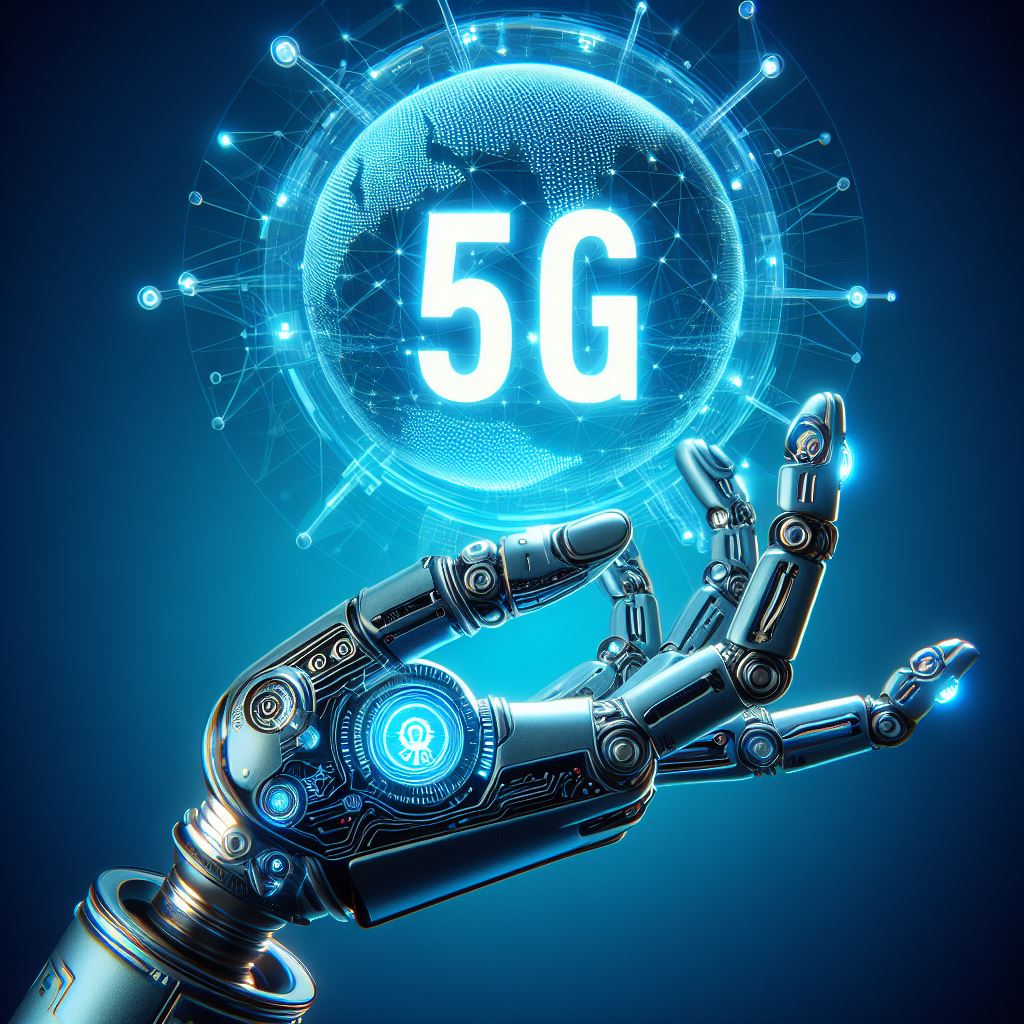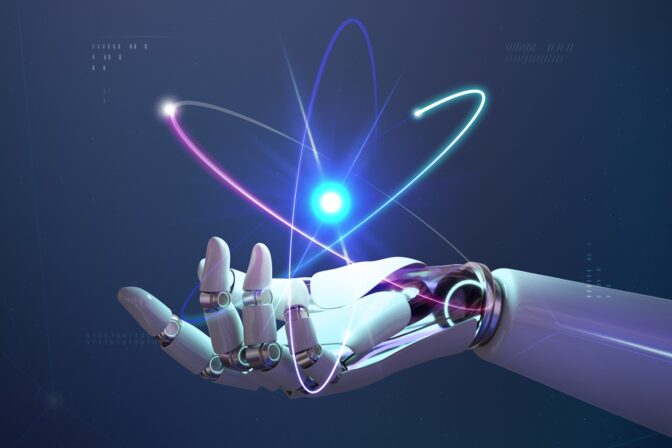It is without doubt to say that the world, in terms of technology, is evolving at an exponential rate. Core tech trends including Artificial Intelligence (AI), 5G Networking, Nanotechnology, Cloud Computing, Edge Computing and Quantum Computing have all made astounding contributions in the radical advancement of the world’s technological landscape.
ARTIFICIAL INTELLIGENCE AS THE VANGUARD OF OUR DIGITAL ERA
Artificial Intelligence can be seen as the ability of a machine to possess human-like reasoning capacity, enabling them to tackle challenges that normally require human prowess. It is a field of computer science involved in studying the concepts and techniques that could allow machines to perceive and interact with everything in their immediate environment using a human approach.
In less sophisticated terms, Artificial intelligence involves creating machines that perform human-related activities which include problem solving, understanding natural language, identifying established patterns and using such patterns to learn from experience. Such machines may be referred to as AIs.
PIVOTAL FUNCTIONALITIES OF ARTIFICIAL INTELLIGENCE:
Artificial Intelligence can be categorized in terms of their capability, functionality, the techniques they employ, and their mode of interaction during problem solving. However, their key features traverse these categories, converging at the following points:
- Cognitive Responsiveness: Through the aid of input devices like cameras and sensors, AI systems can perceive and recognize patterns that enable their interactions with immediate surroundings.
- Decision Making: Rapid data analysis and risk assessment make it possible for AI systems to choose from multiple options and tackle complex challenges.
- Learning and Adaptation: AI systems can learn from, and adapt to changing conditions, thereby making them versatile and suitable for vast applications.
- Natural Language Processing (NLP) and Comprehension: AI systems are built to understand natural human language, hence the lesser complexities during Human-AI interactions.
THE IMPACT OF ARTIFICIAL INTELLIGENCE:
The revolutionary contributions of Artificial Intelligence cannot be overemphasized, as a vast number of both tech and non-tech related sectors have witnessed an immeasurable number of benefits from its wide applications.
- Education: Using AI advanced web apps and software, teachers and students can do their research on related areas of study, enabling swift completion of assignments and projects.
- Finance: AI systems are currently used to gather deeper insights for various sizes of companies within the financial sector, from their given data sources. These systems can also be used to keep track of tremendous financial records and transactions.
- Health and Medicine: In medicine, AI has the potential to enhance the accessibility, quality and efficiency of healthcare services.
5G NETWORK TECHNOLOGY: THE NEXT BIG THING
WHAT IS 5G NETWORK TECHNOLOGY?
5G—otherwise known as fifth generation network—was introduced in the year, 2019. It is the new network standard and successor of the first to fourth generation of wireless connectivity network. With 5G network technology, data transmitted through wireless broadband connections traverse at multigigabit speeds, possessing optimal download speeds.
More precisely, 5G network technology radically elevates the amount of data broadcast through wireless network systems, reducing latency because of its increased advanced antenna technology and bandwidth. It has been estimated to spawn many applications in various sectors as it is rolled out.
HOW DOES IT WORK?
5G leverages a futuristic “5G New Radio” (5GNR) standard that utilizes innovative wireless technologies which include beamforming, quadrature amplitude modulation, and orthogonal frequency-division multiple access to optimize speed, minimize latency, and improve overall network efficiency.
The Synergy Between Artificial Intelligence And
5g Network Technology
The synergy between 5G and AI has proven itself to be a multi-dimensional catalyst for technological advancements. This collaborative pair wields immense potential to chisel the future of technology, from revitalizing industries within every sector, to creating a futuristically networked world. From extensive research, the benefits of symbiosis between these cutting-edge trends can be summarized as follows:
- Innovation:
Accelerated data processing by AI, propelled by the ultra-fast connectivity from 5G network technology, has the capacity to boost research and development cycles. This permits engineers and scientists to seamlessly test conditions and proffer solutions to pressing challenges in the world.
- Machine-to-Machine (M2M) Ecosystem:
Reduced latency due to 5G network technology allows live communication in AI-powered houses within smart cities.
- Independent Machines:
The emergence of AI manned vehicles is fundamentally revamping the transportation sector. These vehicles, equipped with sophisticated sensors and cameras, operate by real-time data processing propelled with 5G network technology; this aids their adaptation to changing road conditions, thereby enhancing road safety.
- Healthcare:
The synergy between AI and 5G technology plays a critical part in the medical/healthcare sector, from providing highly precise and accurate diagnosis, to performing sophisticated surgeries and providing personalized treatment plans for patients with complex ailments.
- Hyper-Personalized User Experience:
Human-Machine interaction advances to ground-breaking heights with AI being capable of analyzing human patterns and preferences at break-neck speed. Context-aware virtual assistants like Amazon Alexa and Google assistant serve as a prime example in this scenario.
CONCLUSION
Artificial Intelligence and 5G technology are on the forefront of revolutionizing the digital landscape, furnishing various sectors such as education, health and economy with a vast wave of benefits. The confluence between these powerful trends paves way for a multitude of opportunities, fostering innovation through Machine-to-Machine (M2M) Ecosystems, Independent Machines and Hyper-Personalized user experience.










